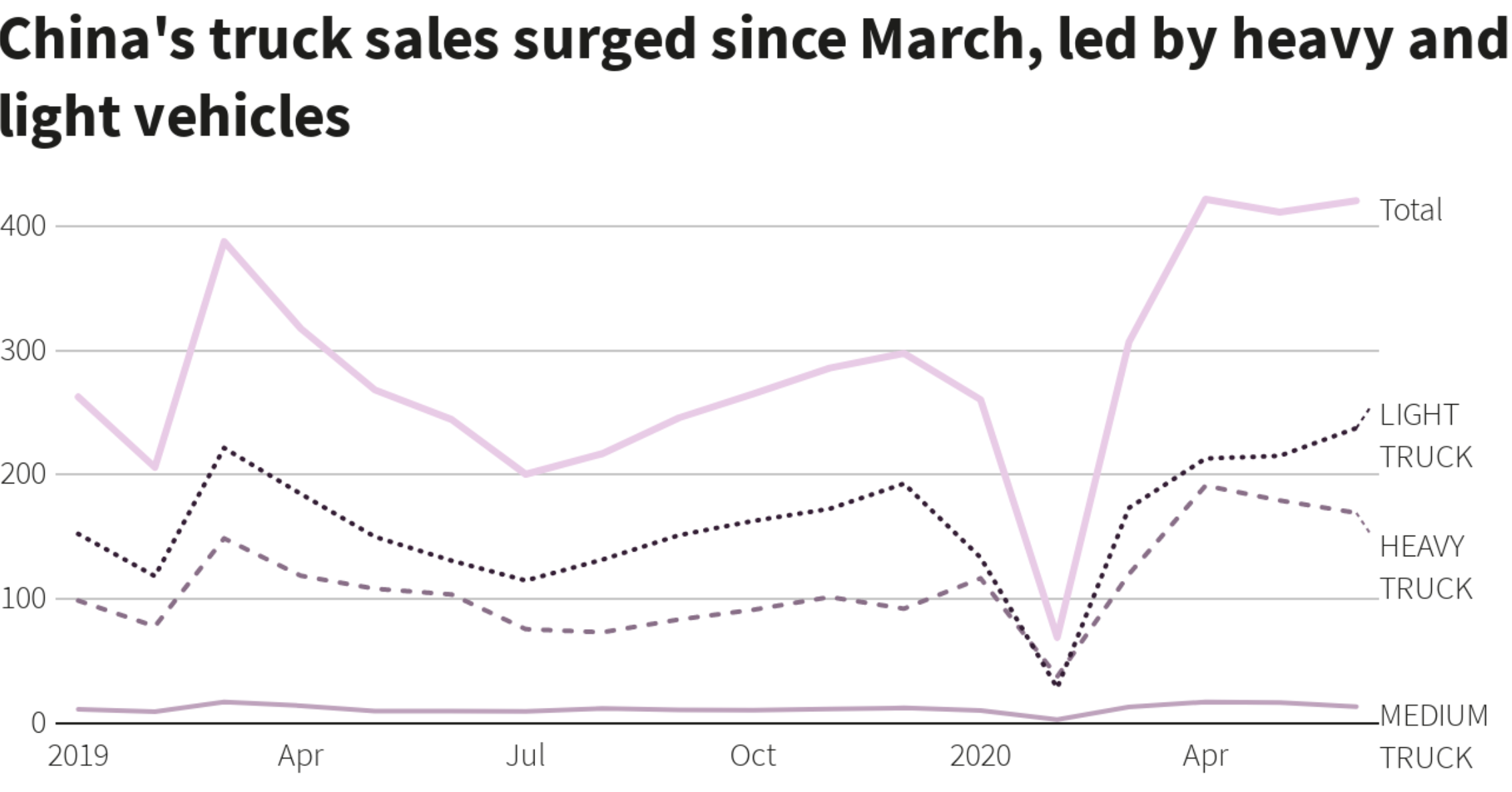According to RBC’s Head of Global Commodity Strategy, Helima Croft (subscription required), “Joe Biden’s energy agenda would likely be pragmatic, by Democratic Party standards, with no wholesale assault on the traditional fossil fuel sector.” She notes that a Biden presidency would be a sharp departure from the Trump presidency on energy policy, but the shift away from fossil fuels may not be as seismic as some in the Democratic Party wish or the public anticipates. She also noted that there is no call for banning U.S. energy exports or fracking.
Biden’s “Clean Energy Standard”
Unfortunately, Ms. Croft is in la-la land. Biden’s so-called “clean energy standard” would eliminate the 62 percent of U.S. electricity generated by fossil fuels, primarily natural gas and coal over the next 15 years, increasing electricity prices for consumers, and costing taxpayers $2 trillion—to start! Wood Mackenzie estimates the cost of full decarbonization of the U.S. power grid to be $4.5 trillion, given the current state of technology. That cost would amount to $35,000 per household or about $2,500 per year over the 14 year period that Biden would have to implement the action should he get elected and take office in 2021.
Clearly, Biden’s $2 trillion will not go very far, particularly since it is also supposed to fund energy efficiency improvements in buildings, more hybrid and electric vehicles and charging stations, an increase in public transportation including high-speed rail, and research and development in advanced nuclear power and carbon capture and sequestration systems. That figure does not include the implied costs of economic dislocation, lost jobs and industries, which might be forced to move offshore to countries with less expensive and more reliable energy—those costs would have to be discovered along the way.
Natural gas, wind, and solar are now the most common new generation fuels, but it took decades of renewable energy mandates and government spending on renewables research, tax breaks, and other subsidies to help make wind and solar technology reach this point. Even so, capacity factors for wind and solar power are half or less than what they are for coal, natural gas, and nuclear power, making the amount of generation from wind and solar capacity less than 10 percent of our generation today. For Biden to change the 62 percent of the generation currently from fossil fuels into renewable energy sources will cost far more than he states he will spend on his “clean energy” standard and other goals in the building and transportation sectors and cost American families thousands of dollars needlessly, if it even can be accomplished.
Biden’s $2 trillion climate plan should remind Americans of the failed program by the Obama-Biden Administration that produced bankruptcies of renewable companies such as Solyndra, which left taxpayers liable for $535 million in federal guarantees.
Conclusion
Biden’s positions on oil and natural gas have been all over the map, seemingly changing depending upon his audience. For example, in Pennsylvania—which fracking has turned into a major energy producer and which has become re-industrialized after decades of manufacturing decline—he said he would not ban fracking, despite his agreeing to do just that when he debated Bernie Sanders. And, to make matters worse, his running mate has also agreed to ban fracking. Biden-Harris could easily change back to their original proposals once elected. Clearly, if Biden gets elected, the energy industry will feel the impact and so will consumers and taxpayers. With the addition of California Senator Kamala Harris to the ticket with Joe Biden, the Democratic Party has carved its anti-oil and gas credentials into stone for 2020.
*This article was adapted from content originally published by the Institute for Energy Research.
For more information on these issues check out AEA’s Vote Energy 2020 election hub.


